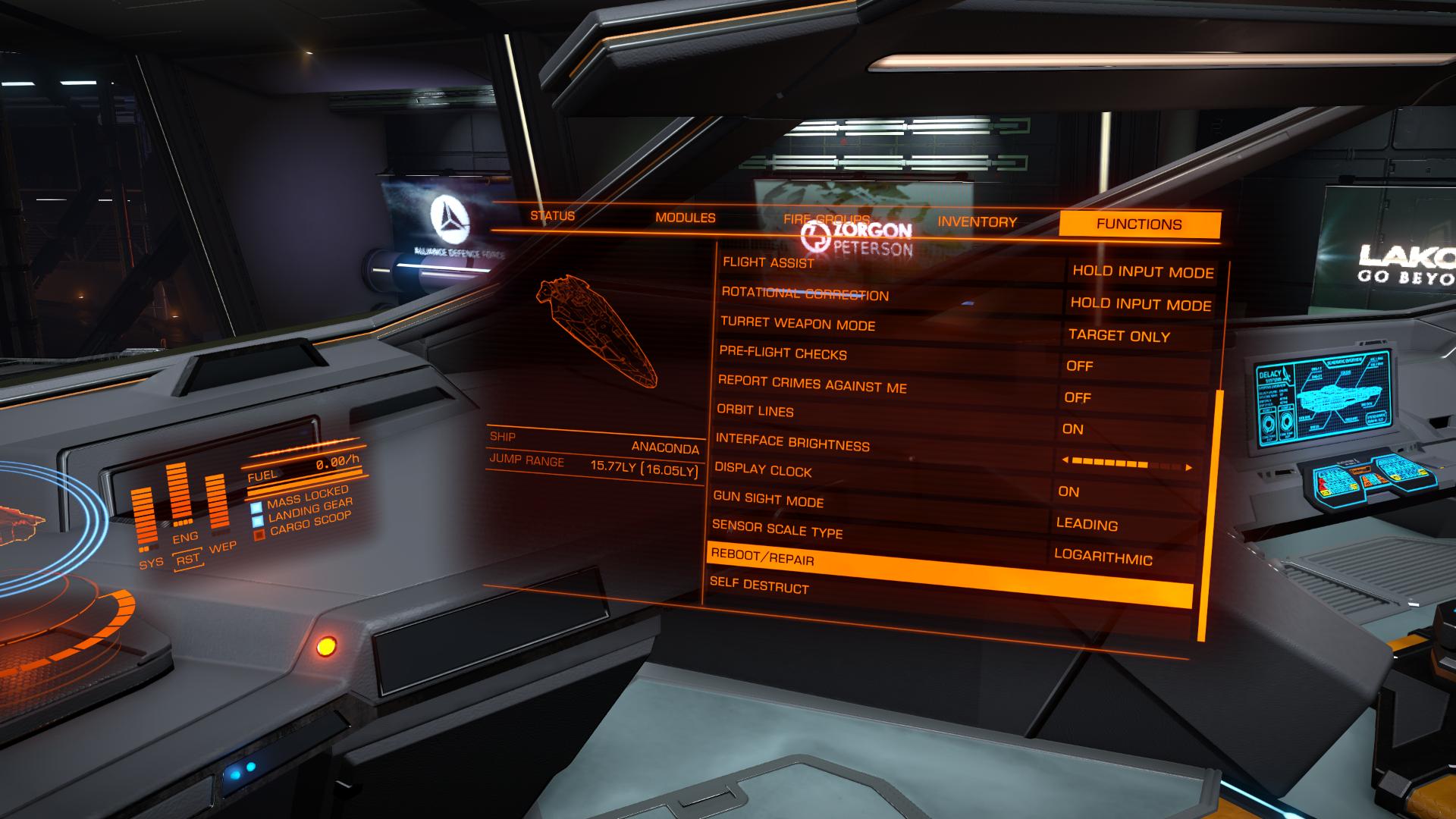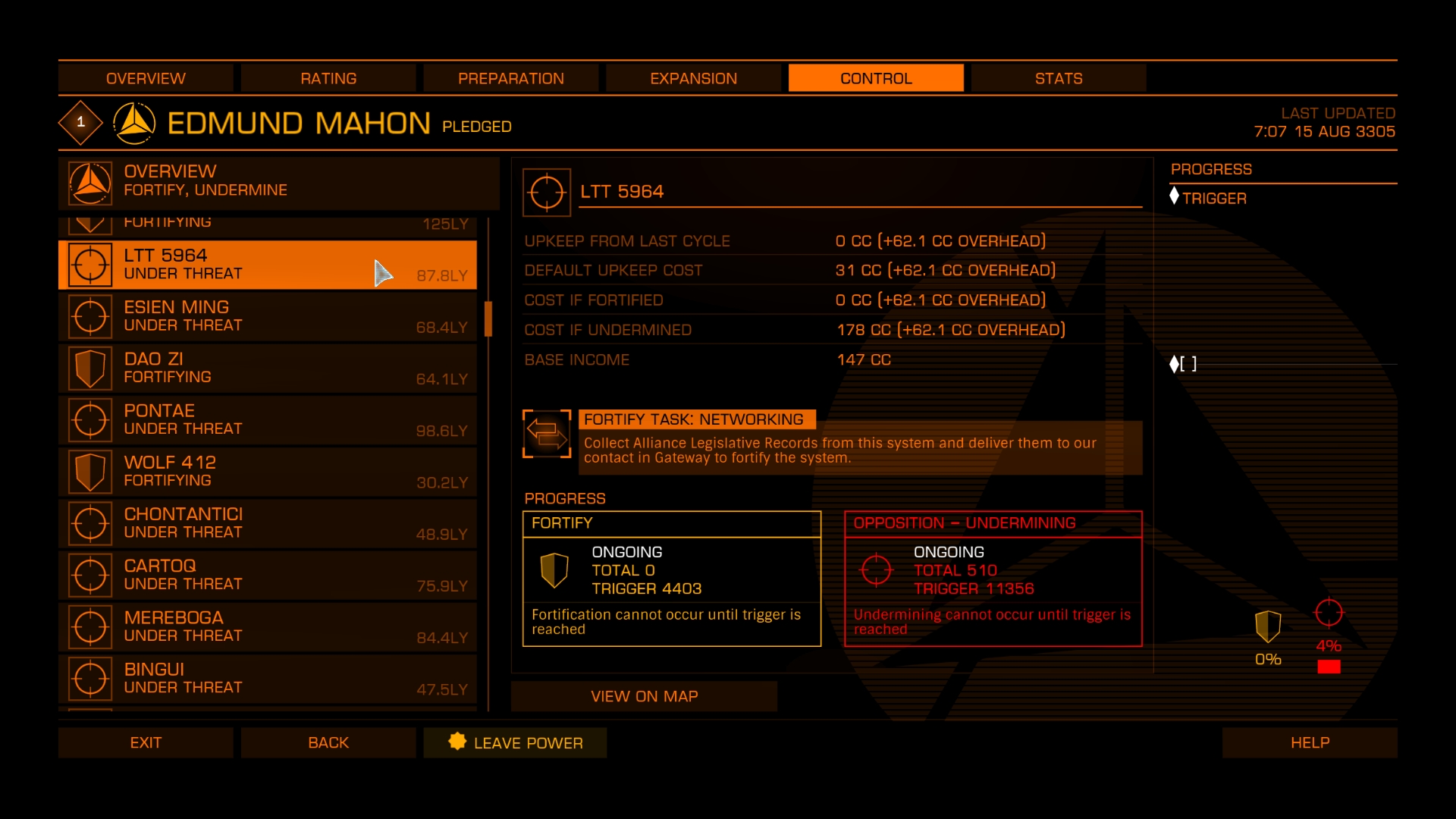In the vast and dynamic universe of Elite Dangerous, effective power management is crucial for maximizing your ship’s performance and overall survivability. This system involves carefully allocating power across critical ship systems—shields, engines, and weapons—thereby influencing various aspects of combat and navigation. Understanding the mechanics of power management can significantly enhance your gameplay experience, especially in high-stakes scenarios like combat or during power plant emergencies.
Key Aspects of Power Management
1. Power Allocation:
– Systems (SYS): Increasing power to this sector enhances your shield strength. By dedicating more “pips” to systems, your shields become more resilient, absorbing higher amounts of damage before failing. While the recharge rate remains unaffected, the heightened durability can be a game-changer during intense battles.
– Engines (ENG): Allocating power to your engines directly impacts your ship’s speed, acceleration, and maneuverability. Each pip increases your top speed and enhances agility, allowing you to dodge enemy fire and maintain control even at high velocities. Additionally, your boost speed can reach impressive levels, crucial for escape or pursuit.
– Weapons (WEP): Putting pips into weapons improves their capabilities, including cooling efficiency. Enhanced cooling helps mitigate overheating, allowing for sustained fire during engagements. Furthermore, power assigned to weapons can improve recharge rates, thereby increasing your damage output.
2. Power Priorities and Management Tiers:
– Players can assign tiered priorities to modules (1 to 5) that dictate the order in which systems will shut down in the event of power shortages. Critical systems like thrusters and shield generators are prioritized, ensuring that you can continue to maneuver and defend even when resources are limited.
3. Impact of Power Plant Damage:
– If your power plant sustains damage, it may only provide a fraction of its usual output (typically around 40-50%). Effective power management ensures that critical systems are maintained as long as possible by deactivating lower-priority modules. This capability can be a decisive factor in your ability to escape or combat effectively.
4. Manual vs. Automatic Power Management:
– Players can choose between manual power management, allowing dynamic adjustments based on immediate needs—like increasing shields during an attack or engines for a quick getaway—and automatic power management, which systematically prioritizes modules based on predefined settings, minimizing the risk of total system failures.
Conclusion
In conclusion, power management in Elite Dangerous is a foundational element that greatly affects your ship’s capabilities in various contexts, including combat and navigation. Mastering this mechanic—through strategic pip allocation and prioritizing system demands based on situational needs—can significantly enhance your effectiveness, improve your chances of survival, and enable you to respond fluidly to unexpected challenges in the game. By understanding and leveraging these dynamics, you can transform your ship into a formidable force within the perilous expanses of space.






Leave a Reply